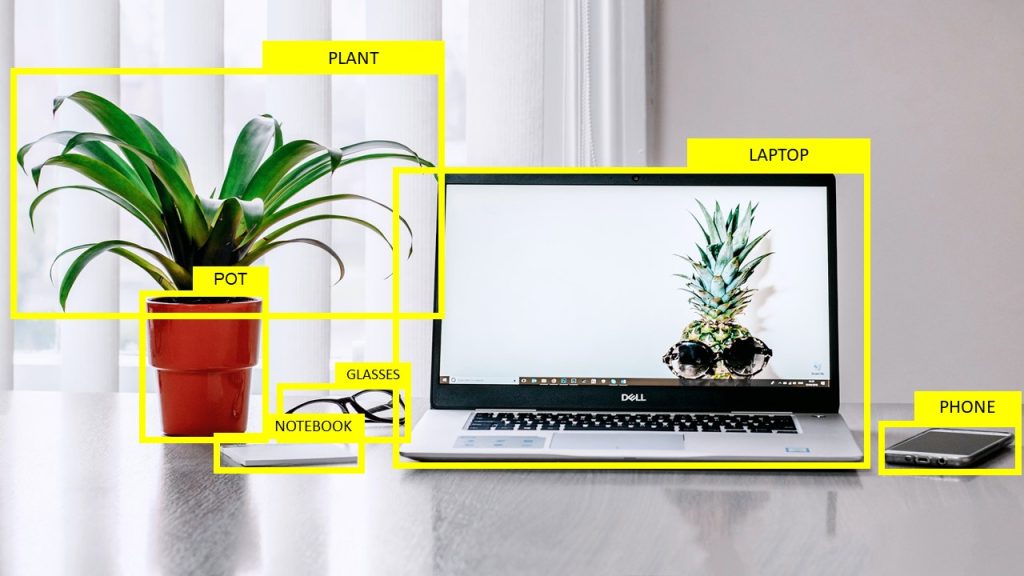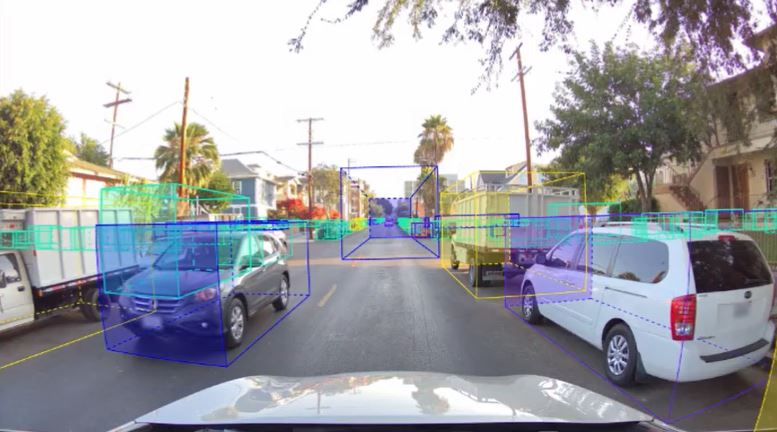There are different types of image annotation for object detection and most of them may be considered as the identifiers. These annotations help humans and algorithms to identify objects in images. This is done by labeling objects with useful information like labels, shapes, colors, textures or other properties.
Artificial Intelligence has a great ability to classify images; it can detect any object that contains one or more pixels in an image and also identify the type of object accurately.
The use of annotation is very effective in finding objects in images, it provides the picture with valuable information about clouded areas, missing areas and suspicious zones. Reverse engineering can be performed to get the needed information from image. In order to do this, re-run the algorithm that is used for detection. It is better to use a more accurate algorithm to get a clearer view about the image.
5 Primary Types Of Image Annotation
There are five main categories of image annotation for object detection and they are ordered by the most often used annotation types for object detection.
- 2D and 3D Bounding Boxes
With 2D bounding boxes, annotators must draw a box around the object they want to annotate within the image. It's used to determine the exact location of the object. They can be identified by the two axis coordinates in the upper left corner as well as the two axis coordinates in the lower-right corners of the rectangle. Bounding boxes are typically employed for object detection and localization tasks.
Cuboids, also known as 3D bounding boxes, are nearly identical to 2D bounding boxes, except they can also display the approximate depth of objects that are being notated. One application for 3D cuboids can be found in self-driving vehicles, where it is possible to utilize the depth information to calculate the distance of objects to the vehicle.
- Image Classification
Image classification refers to the act of identifying the entire image with only one label. The feeding of this image information to computer vision models will teach the model the particular visual characteristics that are specific to each kind of object.
- Lines and Splines
As their title suggests, lines and splines annotation is the labeling of straight or curved lines on images. From autonomous vehicles and drones to robotics in warehouses and more, lines and splines annotations are useful in a variety of use cases.
- Polygons
Sometimes targets with irregular shapes cannot be easily annotated by bounding boxes or cuboids. Polygon annotation permits annotators to mark points on each vertex of the object they are trying to target.This annotation technique allows the entire object's edges to be marked regardless of the shape of the object.
Similar to bounding boxes, pixels that are within the edges will then be labeled with a label to identify the object being targeted.
- Semantic Segmentation
Semantic segmentation is the annotation of every pixel within an image. A great illustration is semantic segmentation of traffic images to allow autonomous vehicles. A typical task for semantic segmentation could require the annotators "segment the image by vehicles, bicycles, pedestrians, obstacles, sidewalks, roads, and buildings". Each segment is usually indicated by a unique color code. The final product would appear like this:
High-quality and pixel-precision Image Annotation Service at Kotwel
Image Annotation can be a time-consuming and costly task. However, there are companies that offer image annotation service to customers who wish to have their images annotated quickly with a reasonable price. For example, Kotwel is one such company that can save you hours and costs on image annotation. At Kotwel, we can help you with data annotation tasks for text, image, video datasets. Get in touch with us below to learn more about our solutions and services.

Kotwel is a reliable data service provider in Vietnam, offering high-quality AI training data for machine learning and AI. It provides data services such as data collection, data annotation and data validation that help get more out of your algorithms by generating, labeling and validating unique and high-quality training data, specifically tailored to your needs.



